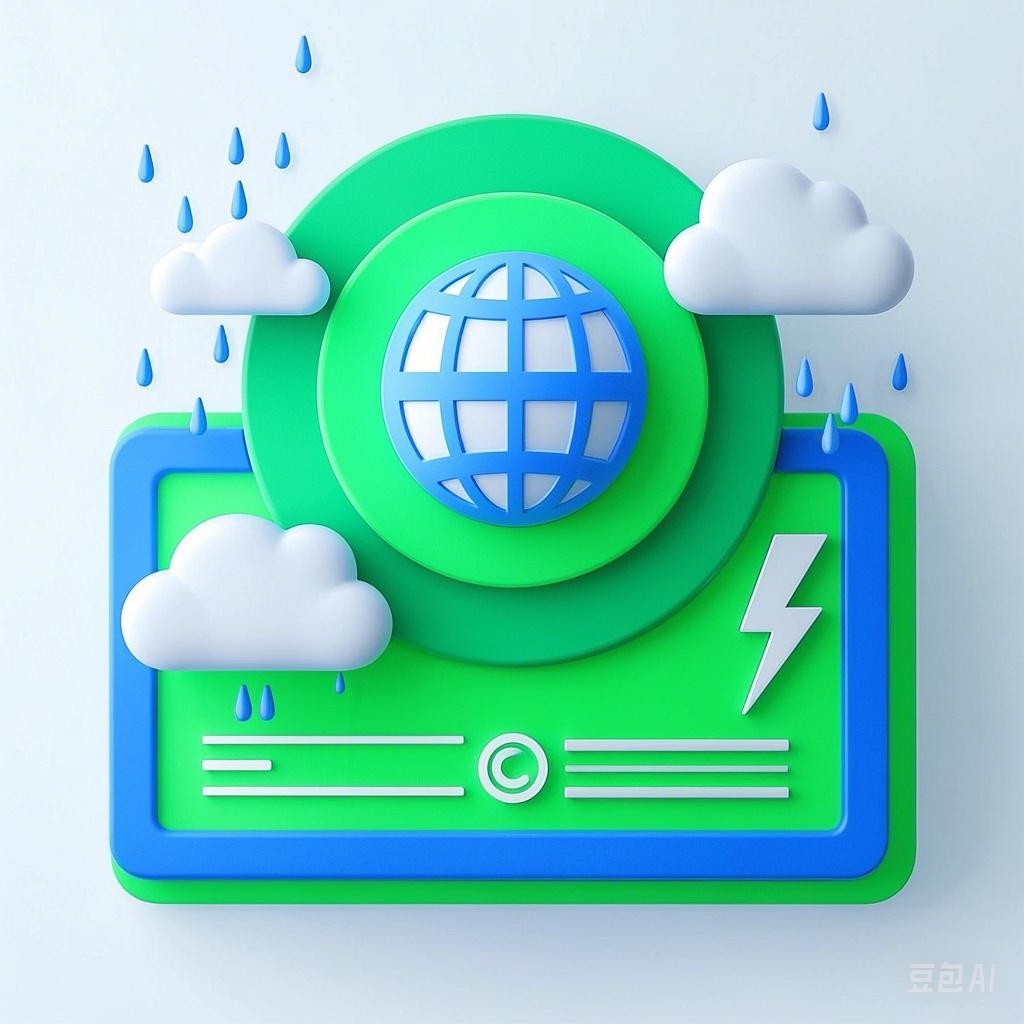Introduction
Atmospheric disasters, such as hurricanes, tornadoes, and blizzards, pose significant threats to human life and property. Understanding the science behind these phenomena is crucial for effective preparation, response, and mitigation. This article delves into the intricacies of atmospheric disasters, exploring their causes, impacts, and the measures taken to minimize their effects.
The Science of Atmospheric Disasters
1. Hurricanes
Hurricanes are powerful storms that form over warm ocean waters. The process begins with a disturbance in the atmosphere, which can be triggered by a range of factors, including temperature changes and wind patterns. As the disturbance travels over warm waters, it gains energy and intensity, eventually forming a tropical depression. If the depression intensifies further, it becomes a tropical storm, and if it reaches a sustained wind speed of 74 mph (119 km/h), it is classified as a hurricane.
Formation and Structure
- Formation: Hurricanes form over warm ocean waters where the sea surface temperature is at least 80°F (27°C).
- Structure: A hurricane consists of a swirling eye at the center, surrounded by towering thunderstorms. The eye is a calm area with clear skies, while the surrounding eyewall is the most dangerous part of the storm, characterized by the strongest winds and heaviest rainfall.
Impact
- Wind Damage: The most immediate threat from hurricanes is the strong winds, which can cause widespread destruction to buildings, trees, and power lines.
- Storm Surge: As a hurricane approaches the coast, it can cause a storm surge, which is a rise in sea level. This surge can lead to flooding in coastal areas, resulting in significant property damage and loss of life.
2. Tornadoes
Tornadoes are violent rotating columns of air that extend from a thunderstorm to the ground. They are among the most dangerous atmospheric phenomena, with winds reaching speeds of up to 300 mph (483 km/h).
Formation and Structure
- Formation: Tornadoes typically form in severe thunderstorms known as supercell thunderstorms. The rotation is caused by the interaction between the updraft and the winds at different altitudes within the storm.
- Structure: Tornadoes can vary in size and duration, with some lasting only a few minutes and others persisting for hours.
Impact
- Wind Damage: Tornadoes can cause severe damage to structures, uproot trees, and even flatten entire neighborhoods.
- Injuries and Deaths: The high winds and debris can lead to serious injuries and fatalities.
3. Blizzards
Blizzards are severe snowstorms that bring heavy snowfall, strong winds, and often, low temperatures. They can occur in various parts of the world, particularly in regions with cold climates.
Formation and Structure
- Formation: Blizzards form when cold air moves over a layer of warmer, moist air, leading to the development of snowflakes.
- Structure: Blizzards are characterized by their intense snowfall rates and strong winds, which can create near-whiteout conditions.
Impact
- Snow Accumulation: Blizzards can lead to significant snowfall, causing disruptions to transportation and power supply.
- Wind Chill: The strong winds associated with blizzards can lead to dangerous wind chill temperatures, which can cause hypothermia and frostbite.
Mitigation and Preparedness
To minimize the impact of atmospheric disasters, it is essential to implement effective mitigation and preparedness strategies.
1. Mitigation
- Building Codes: Implementing strong building codes can help reduce the damage caused by hurricanes and tornadoes.
- Land Use Planning: Avoiding development in high-risk areas can help minimize the impact of disasters.
- Infrastructure Strengthening: Strengthening critical infrastructure, such as power lines and bridges, can reduce the damage caused by severe weather events.
2. Preparedness
- Emergency Plans: Developing and practicing emergency plans can help communities respond effectively to disasters.
- Public Awareness: Educating the public about the risks associated with atmospheric disasters can help reduce the number of injuries and fatalities.
- Early Warning Systems: Implementing early warning systems, such as weather radios and mobile alerts, can provide critical information to the public.
Conclusion
Atmospheric disasters are a natural part of our planet’s climate system, and understanding their science and impact is crucial for protecting human life and property. By implementing effective mitigation and preparedness strategies, we can reduce the risks associated with these phenomena and build more resilient communities.
